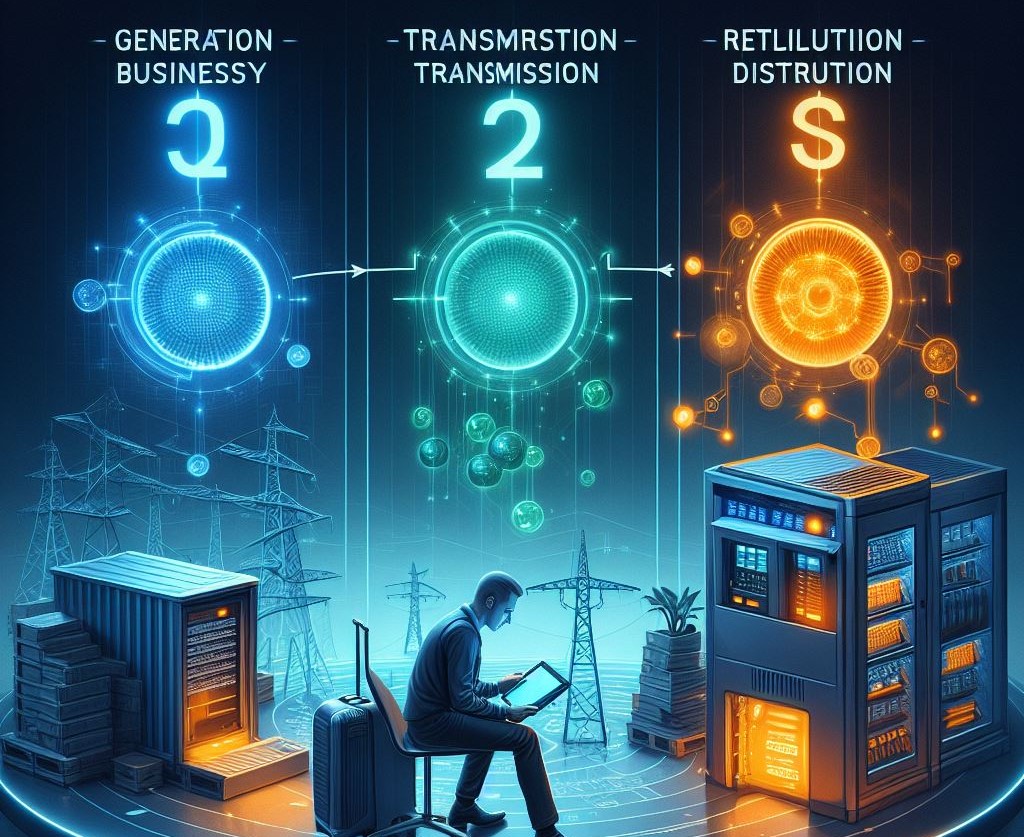
The rise of personal loans
- January 11, 2024
- 0
RBI has raised the risk weight for consumer loans, barring housing, education, vehicle and gold loans, and loans given to microfinance entities and self-help groups by banks and non-banking financial companies (NBFCs) by 25 percentage points. This will increase the cost of capital for such loans for lenders and discourage them from going overboard.
Even though the heads of public-sector banks (PSBs) have not been losing sleep over unsecured small loans turning bad since they form a minuscule part of their overall credit book, the Reserve Bank of India (RBI) doesn’t want to take a chance.
Amid growing concerns over the ability of small borrowers to service loans, the finance ministry had asked the PSBs to review their small loan portfolios and submit a report on the state of affairs in this segment. The bankers have assured the ministry that they do not see any systemic risks emanating from small unsecured loans as their overall exposure remains tiny.
The risk weight is an instrument, often used by the banking regulator, to rein in lenders’ over-enthusiasm in giving certain types of loans. For instance, when rising exposure to the real estate sector created concerns about asset quality and the potential systemic risks, the risk weight on banks’ exposure to commercial real estate was increased from 100 per cent to 125 per cent in July 2005 and further to 150 per cent in April 2006. Before that, the risk weight on housing loans was increased from 50 per cent to 75 per cent in December 2004.
A report says that banks may see higher defaults, as credit losses from unsecured retail loans which could increase 50-200 basis points in 2024-25.
In recent years, Indian banks appear to have displayed more attention in diverting lending away from the industrial sector towards retail loans. The decline was evident across bank groups. Empirical evidence suggests that a buildup of concentration in retain loans may become a source of systemic risk, a report observed.
The Phenornenon of over leveraging is seen and consumers are seeking multiple credit products within a short time span. The RBI has not kept its eyes closed to the warning signals of stress that built up.






























































